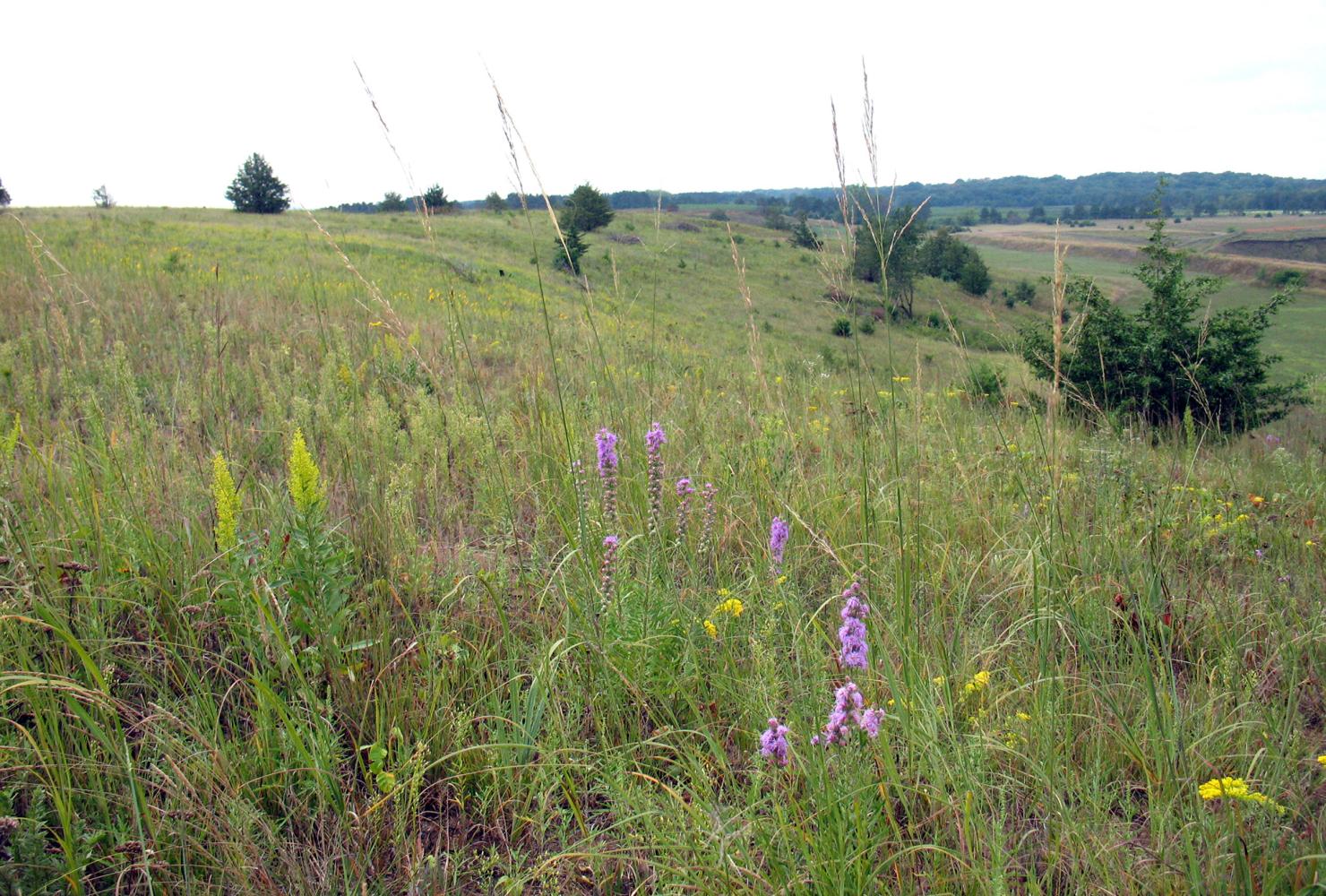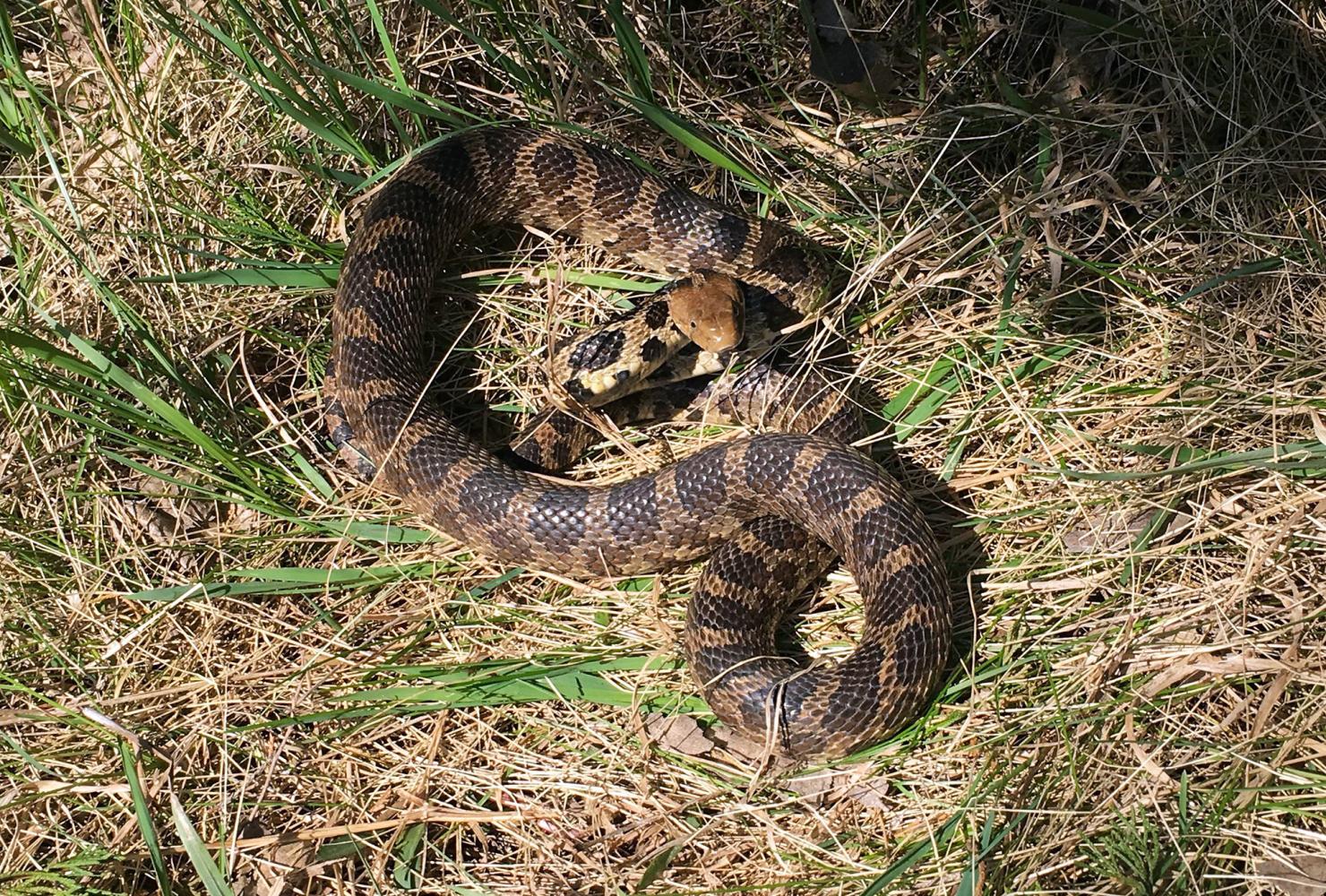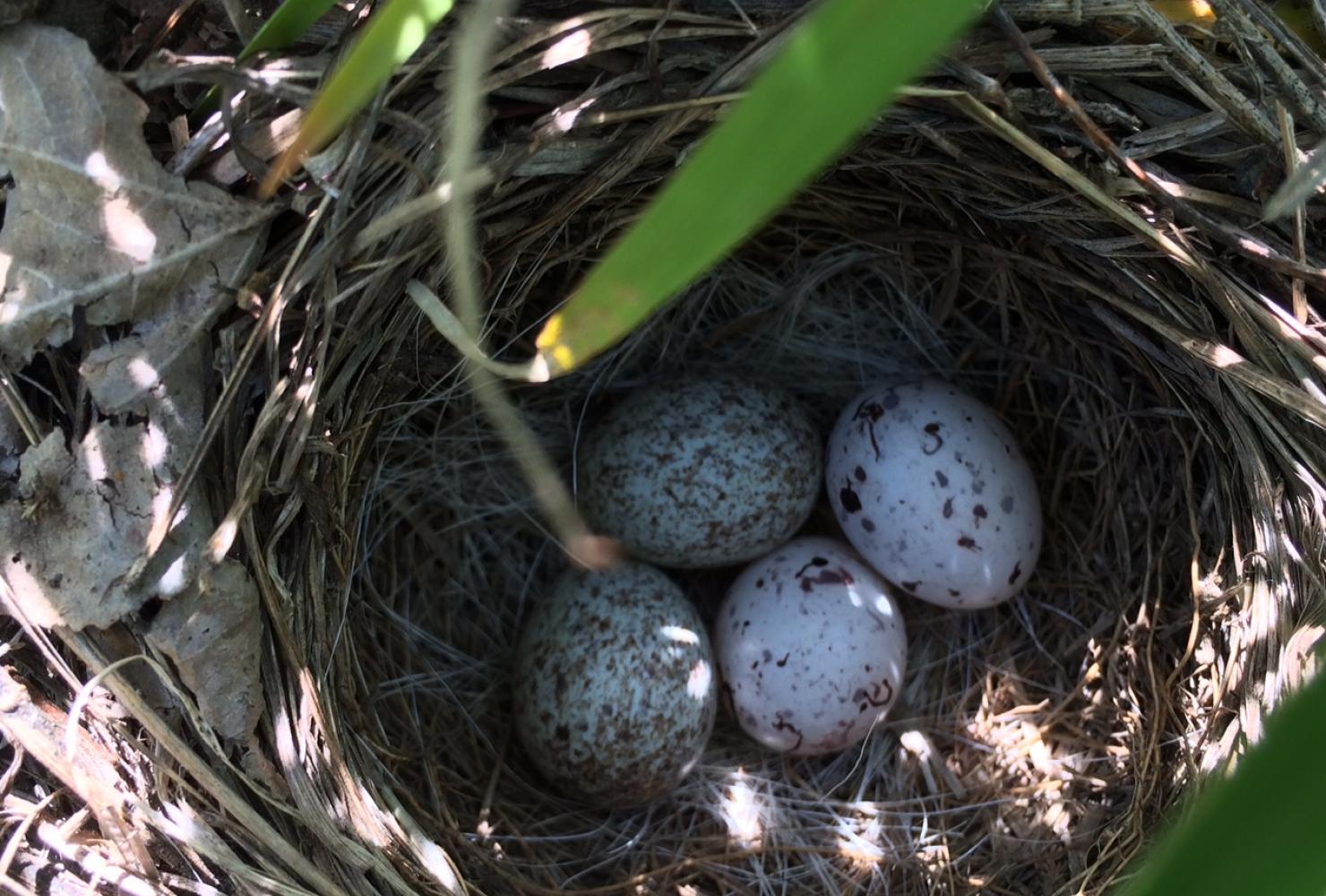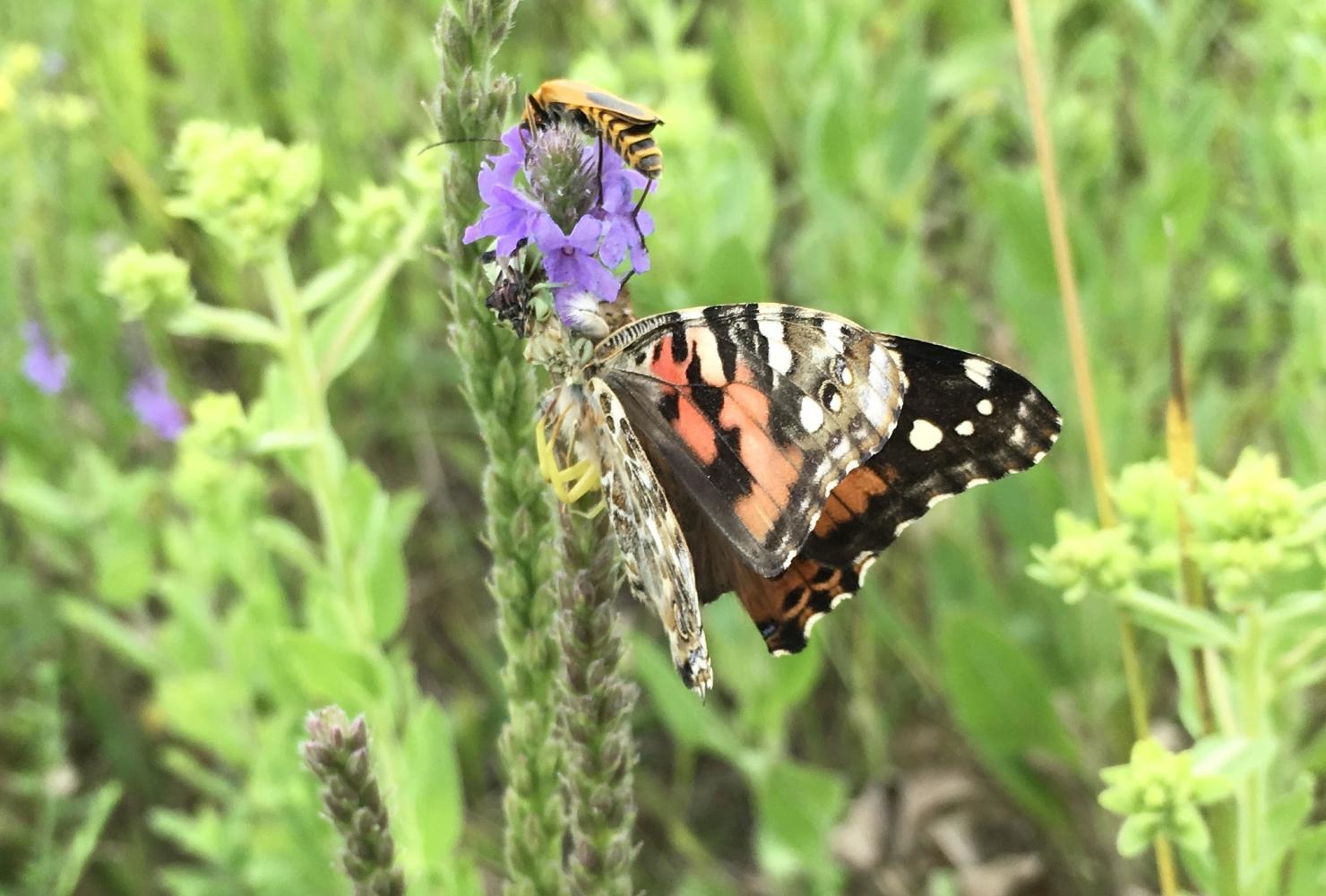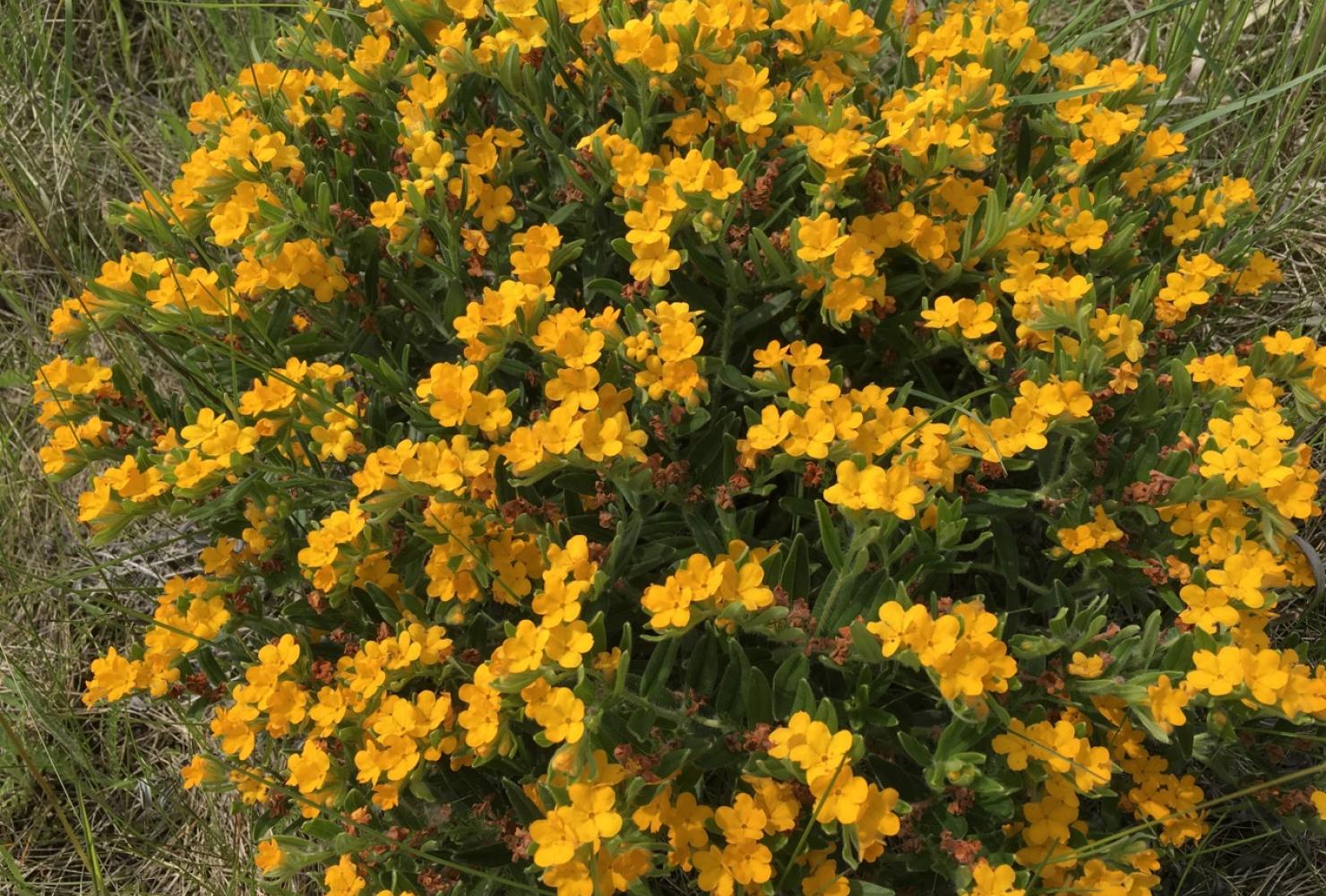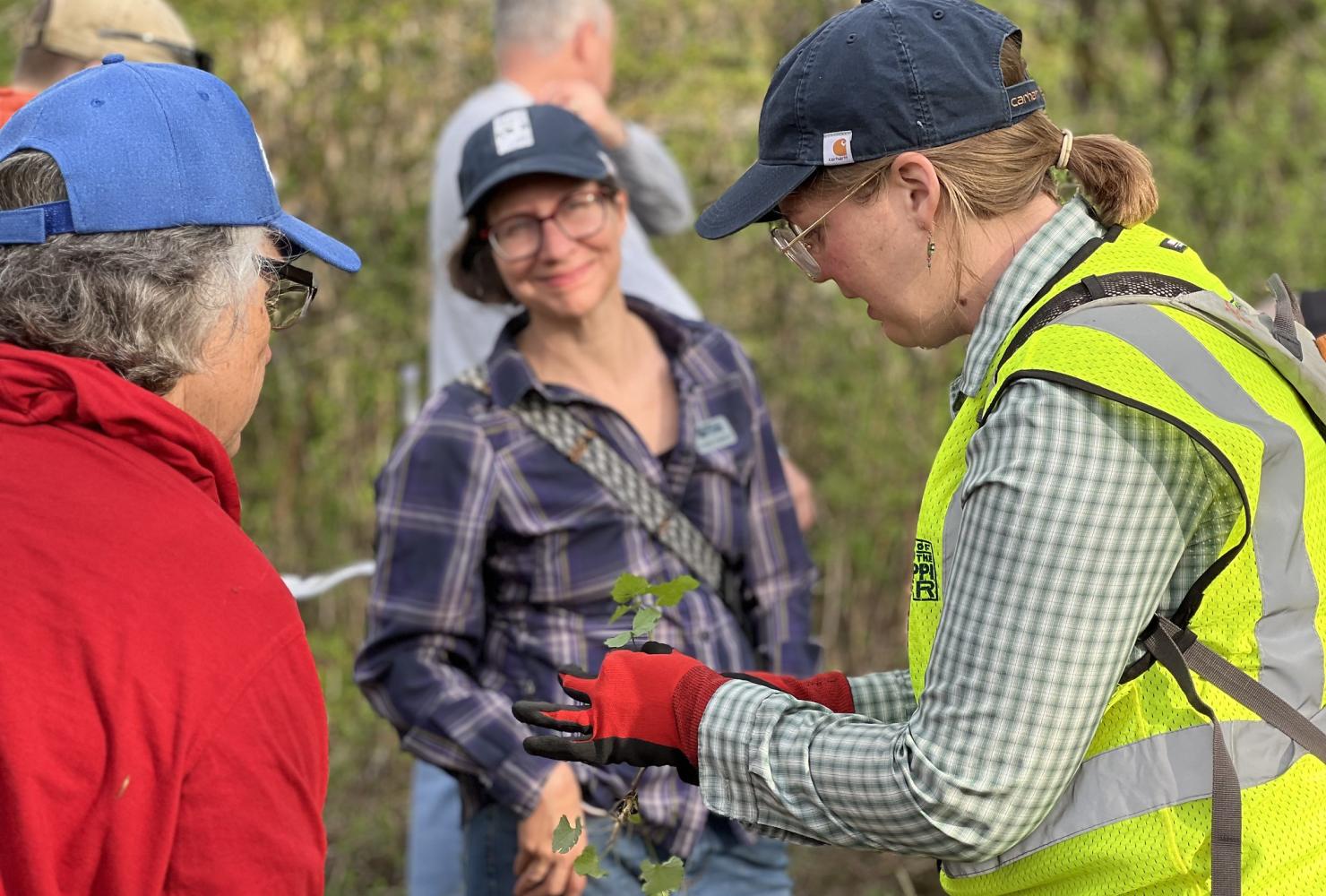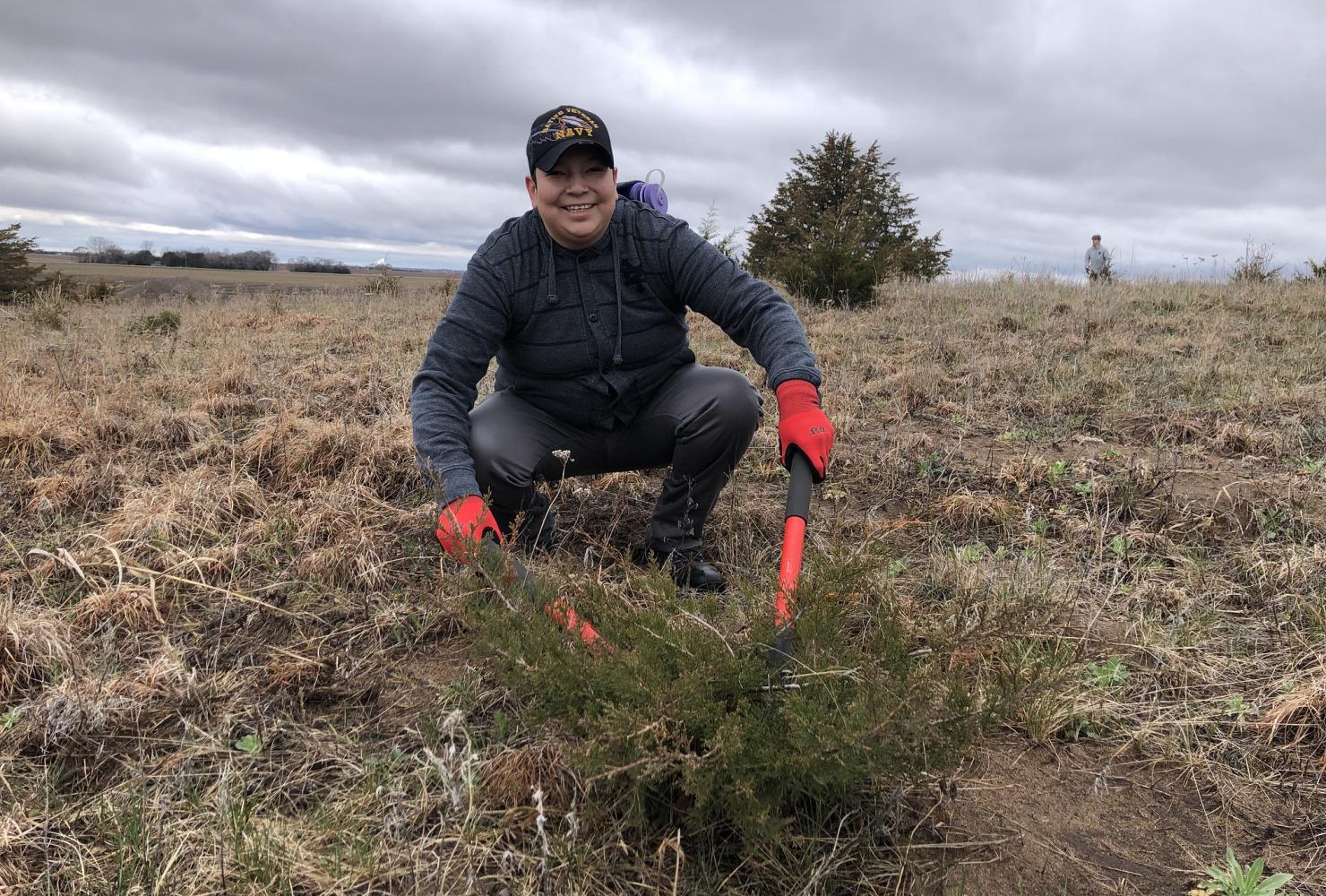Hastings Sand Coulee Scientific and Natural Area
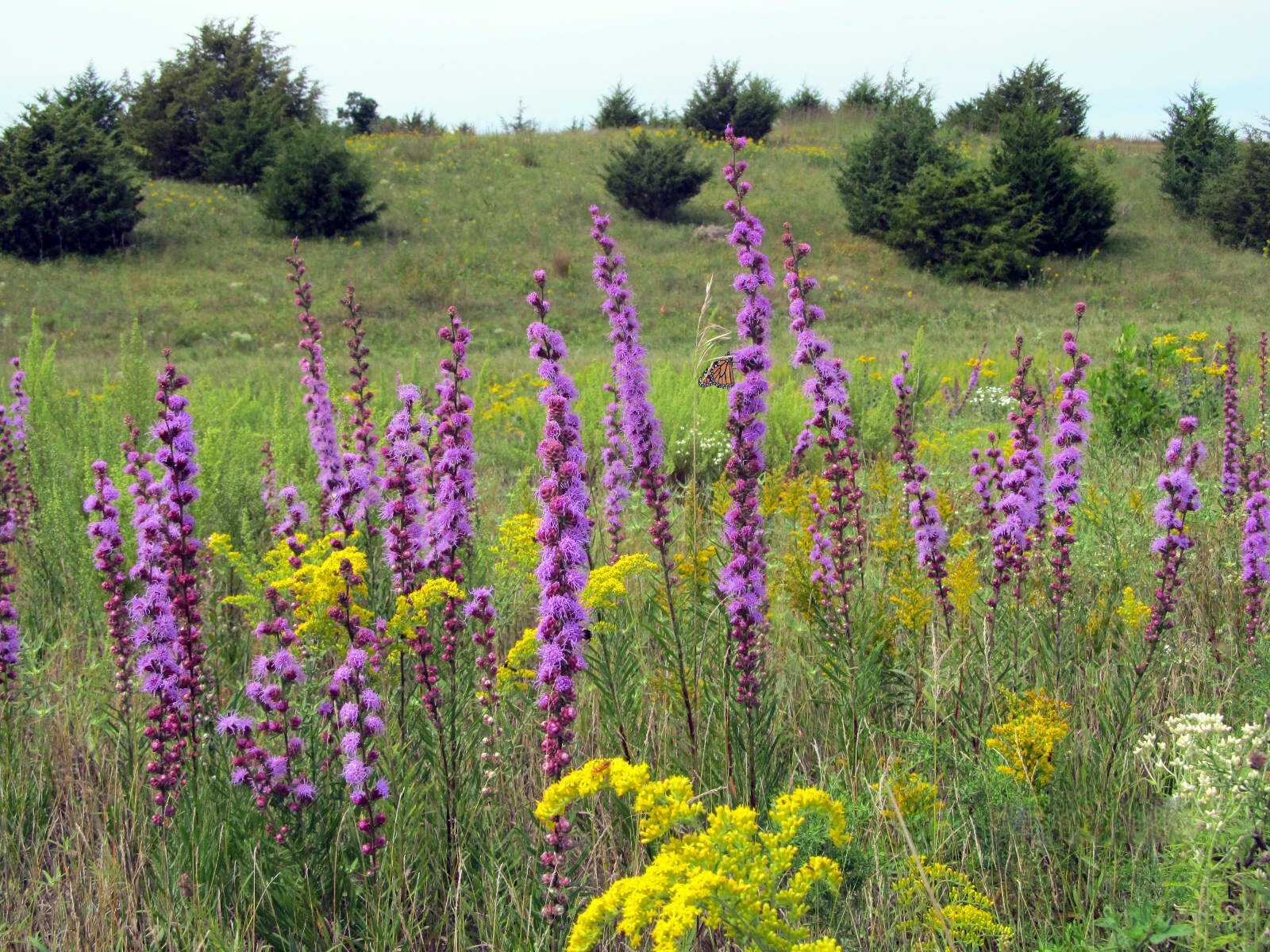
The Hastings Sand Coulee Scientific and Natural Area harbors the largest native prairie remnant in Dakota County — about 100 acres — along with an outstanding diversity of plants and animals, including nine rare species of which four are state-endangered.
Where is Hastings Sand Coulee SNA?
The Hastings Sand Coulee Scientific and Natural Area (SNA) is located just a few miles southeast of the city of Hastings in Marshan Township. The coulee is part of a corridor of natural areas in Hastings, including nearby FMR restoration projects at Vermillion Falls Park and Old Mill Park and Gores Pool Wildlife Management Area.
The public is welcome to visit Hastings Sand Coulee SNA, though there are no trails or facilities. (See the Minnesota DNR's SNA webpage and SNA rules for more info.)
Our work here takes place on Dakota homelands. Learn more.
What's special about Hastings Sand Coulee SNA?
Situated in a sandy ravine or "coulee" formed by a glacial stream that flowed into the Vermillion River (which in turn flows into the Mississippi), the steep slopes and gentle rolling expanses of the 263-acre Hastings Sand Coulee provide a haven to the many rare plant and animal species that call it home, as well as to people seeking a moment of respite and beauty.
The dry sand-gravel prairie of the Hastings Sand Coulee is one of the primary features that makes it so unique. Prairie has been largely eradicated from the landscape, along with many of the plants and animals that depend on that habitat. Only a tiny fraction of native prairie land within Minnesota still exists — less than 1% of what originally covered much of the state. Remarkably, much of the existing prairie at the Sand Coulee has survived since the early 1800s. The coulee offers a rare opportunity to see what a native remnant dry prairie looks like.
The sand coulee and nearby areas provide habitat for 15 rare plant and animal species, such as the bull snake, loggerhead shrike, James' polanisia, regal fritillary butterfly and rusty-patched bumble bee. Many other animals found there are designated as Species of Greatest Conservation Need — species that are not yet rare but have populations that have significantly declined in recent years. These species include grasshopper and field sparrow, eastern meadowlark and dickcissel. The prairie and associated oak woodland create a haven for resident animals as well as a vital rest stop for migratory birds who depend on this migratory flyway.
With their strong deep root systems, the swaying grasses and stunning wildflowers of the coulee help hold the soil in place and act as natural filters for pollutants, meaning less sediment from erosion and runoff pollution seep into the nearby Vermillion and Mississippi rivers.
Our work at Hastings Sand Coulee SNA
Protection
Due to its ecological and historical importance — not to mention the efforts of FMR, partner agencies and dedicated local landowners — the coulee was afforded the highest level of natural area protection in the state of Minnesota in 2007.
FMR initiated and supported the process of permanent protection as an SNA, along with the Department of Natural Resources, local landowners (most notably the Murnane family), the City of Hastings and Dakota County. FMR staff worked for many years to push forward protection of multiple parcels, resulting in the initial protection in 2007 and the acquisition of additional land in 2011.
Restoration
Our primary goal for this site is to sustain, improve and expand the native prairie and oak forest plant communities to better support the plant and animal species that depend on this habitat type.
When we began restoration work in 2008, land-use changes threatened some rare species that call the coulee home.
Encroaching trees, shrubs, and other cultivated garden or agricultural plants that could outcompete native grasses were moving in. The common element of seasonal fires, vital to the health and succession of prairies, has been almost wholly removed from the landscape due to fire suppression efforts that began during colonization. And changing climate patterns have increased drought, which can negatively impact the native plants and animals of dry prairie and promote the advance of invasive species.
Our efforts have resulted in tremendous progress over the years. After developing an extensive long-term management plan, we began restoring over 100 acres of prairie to areas that were either cropland or old field. We've worked to improve the diversity of the native remnant prairie by reducing invasive species and reintroducing fire through prescribed burns. We have successfully utilized innovative natural restoration methods, such as introducing weevils to consume targeted plants.
The restoration of the prairie vegetation was soon followed by the appearance of grassland bird species that had been absent from the area, including the endangered Henslow's sparrow, field sparrows and grasshopper sparrows — a testament to the success of the restoration.
We've also managed all the wooded areas, over 60 acres, through fire reintroduction and extensive removal of buckthorn and other invasive plants. American woodcock, wood thrush, blue-winged warbler and other woodland bird species have since been found in these woods.
Volunteers are a major asset to this restoration process. As volunteers contribute their time, it helps us to stretch and maximize the resources available to restore this important natural area. Through ecologist-led events, volunteers help remove the encroaching invasive species (sometimes including shrub and tree removal), plant native species and collect seed for future habitat restoration.
Find out more and get involved
- Volunteer with us to restore places like this, or join the Vermillion River Stewards to learn about and steward sites across the Vermillion River watershed.
- Visit other local prairie wonderlands.
- Contact FMR project lead Julia Leone.
Partners and funders for our work at Hastings Sand Coulee SNA
This work was made possible by the Minnesota Department of Natural Resources Scientific and Natural Areas Program, the Environment and Natural Resources Trust Fund, the Outdoor Heritage Fund, Hastings High School, the Laura Jane Musser Foundation, RBC Wealth Management, the United Way of Hastings, Xcel Energy, BNSF Foundation and by our generous volunteers and donors like you!
Where we work
FMR maintains over three dozen habitat restoration and land protection sites in the metro area.
